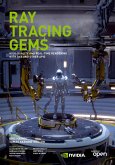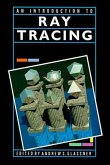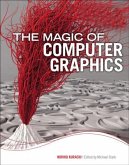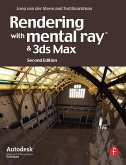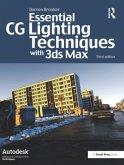Get a thorough understanding of ray tracing and GPU architecture starting with CUDA with examples in DXR (DirectX Ray Tracing API). A path tracer implementation will be presented to cover the practical side.
We will present main intersection routines and then explain the rendering equation and how the path tracing algorithm is used to implement a solution to the rendering equation. Finally, we will talk about how to choose the right probability distribution function and importance sampling to better approximate the BRDF and reduce the noise in the rendered image.
By the end of this book, the reader should have a clear idea of how ray tracing and the rendering equation are used to solve the global illumination problem. We will also learn how the thread are scheduled and managed by the GPU in the context of compute-based approaches. The reader will learn the Monte Carlo integration to estimate rendering equation and find a good approximation to the infinite dimensional integral.
You Will
Understand the most common GPU architectures
Setup a fully functional ray tracing ecosystem
Learn how to ray trace in CUDA as well as DirectX 12 (DXR)
Who Is This Book For
This book is for the Graphics/Rendering Engineer who want to start learning the new real-time ray tracing API (DXR) introduced with the advent of the GPUs based on the NVIDIA Turing architecture. We assume knowledge of basic graphics programming principles.
We will present main intersection routines and then explain the rendering equation and how the path tracing algorithm is used to implement a solution to the rendering equation. Finally, we will talk about how to choose the right probability distribution function and importance sampling to better approximate the BRDF and reduce the noise in the rendered image.
By the end of this book, the reader should have a clear idea of how ray tracing and the rendering equation are used to solve the global illumination problem. We will also learn how the thread are scheduled and managed by the GPU in the context of compute-based approaches. The reader will learn the Monte Carlo integration to estimate rendering equation and find a good approximation to the infinite dimensional integral.
You Will
Understand the most common GPU architectures
Setup a fully functional ray tracing ecosystem
Learn how to ray trace in CUDA as well as DirectX 12 (DXR)
Who Is This Book For
This book is for the Graphics/Rendering Engineer who want to start learning the new real-time ray tracing API (DXR) introduced with the advent of the GPUs based on the NVIDIA Turing architecture. We assume knowledge of basic graphics programming principles.




